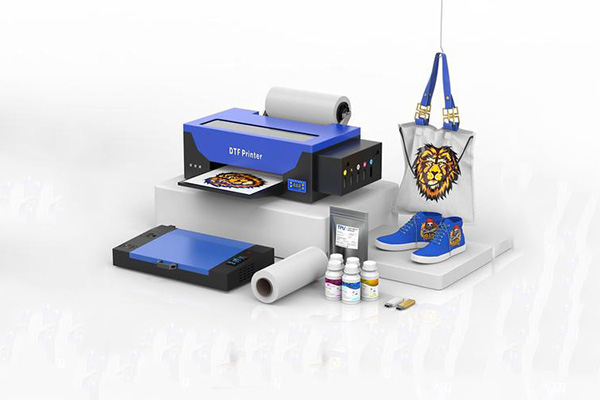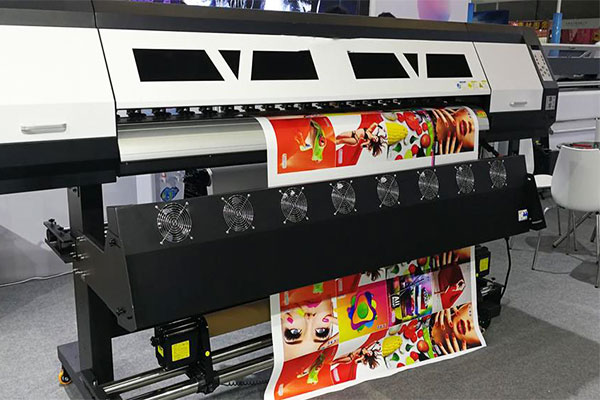In the custom printing industry, two technologies are leading the way: DTF printing (Direct-to-Film) and sublimation printing. Both methods offer high-quality results, but they work differently, have unique strengths, and are better suited for different applications. If you’re deciding between DTF and sublimation for your business, this guide breaks down everything you need to know.

What is DTF Printing?
DTF printing is a process where designs are printed directly onto a special PET film using water-based inks. The design is then coated with a hot-melt adhesive powder, cured, and heat-pressed onto a wide range of fabrics and materials.
Advantages of DTF Printing:
- Versatile Material Compatibility – Works on cotton, polyester, blends, leather, and more.
- Vibrant Colors – Prints bold and detailed designs with excellent color accuracy.
- Durable Prints – Wash-resistant and long-lasting results.
- No Pretreatment Required – Unlike DTG, there’s no need for pretreating garments.
Limitations of DTF Printing:
- Slightly thicker feel on garments compared to sublimation.
- Requires film, powder, and extra curing steps.

What is Sublimation Printing?
Sublimation printing uses heat to transfer dye-based inks into the fibers of polyester or onto coated hard surfaces (like mugs, phone cases, or plates). The ink turns into gas when heated and bonds directly with the material, creating a permanent design.
Advantages of Sublimation Printing:
- Soft-to-Touch Prints – The design becomes part of the fabric with no noticeable texture.
- High Durability – Won’t crack, peel, or fade easily.
- Great for Hard Goods – Ideal for custom mugs, tumblers, phone cases, and more.
- Unlimited Colors – Full-color, photo-quality printing.
Limitations of Sublimation Printing:
- Material Restriction – Only works on polyester fabrics or sublimation-coated blanks.
- No True Whites – Sublimation cannot print white ink.
- Not Ideal for Dark Fabrics – Works best on light-colored materials.
DTF Printing vs. Sublimation: Key Differences
| Feature | DTF Printing | Sublimation Printing |
|---|---|---|
| Material Options | Cotton, polyester, blends, leather, etc. | Polyester fabric & coated products |
| Color Vibrancy | Bright, with white ink support | Bright, but no white ink |
| Durability | Very durable, slightly raised texture | Extremely durable, no texture |
| Garment Feel | Slightly heavier print layer | Soft and seamless design |
| Best For | Cotton tees, mixed fabrics, dark items | Polyester shirts, mugs, hard goods |
Which Printing Method Should You Choose?
- Choose DTF printing if you need flexibility with fabrics (especially cotton or blends), want to print on dark garments, and need vibrant, durable designs.
- Choose sublimation printing if you focus on polyester apparel, promotional items, or hard goods and want a smooth, lightweight finish.
For many businesses, offering both DTF and sublimimation can be the most profitable strategy—allowing you to serve different customer needs.
Final Thoughts
When comparing DTF printing vs. sublimation, the right choice depends on your products, target customers, and budget. DTF is more versatile for textiles, while sublimation is unbeatable for polyester and hard-surface printing. Both methods produce professional, long-lasting results and can help you expand your custom printing business.